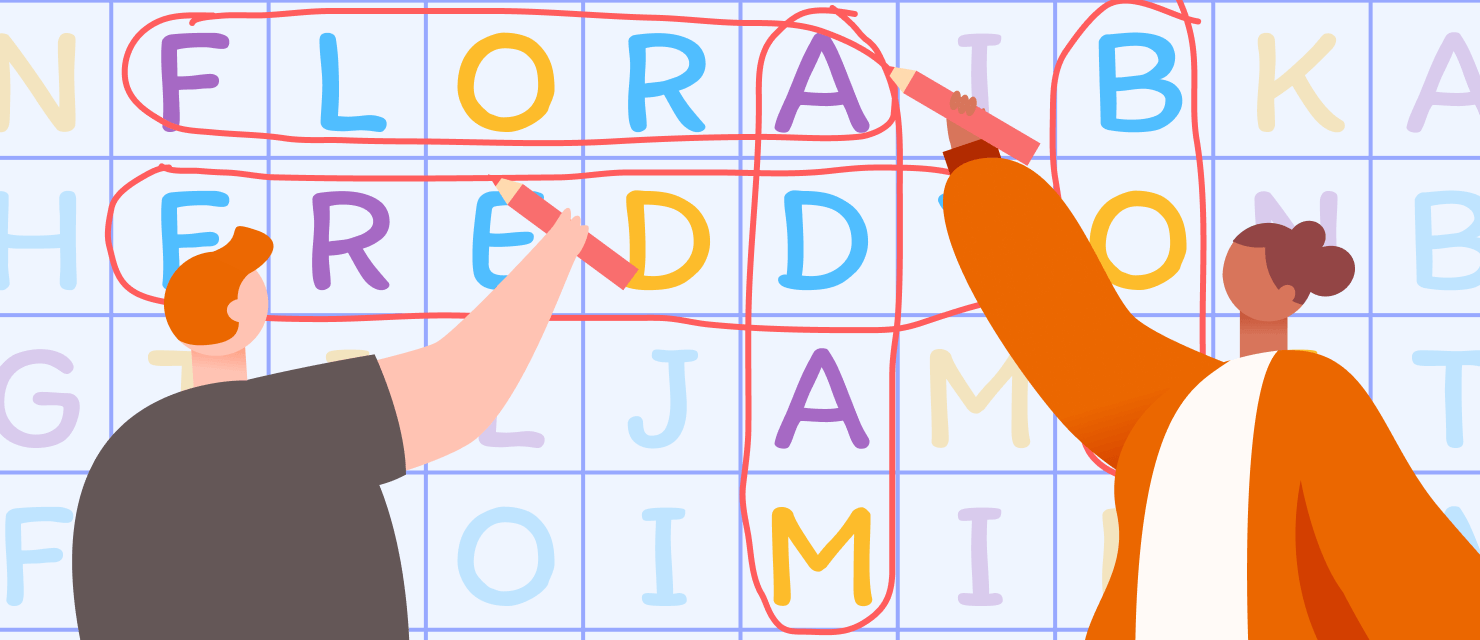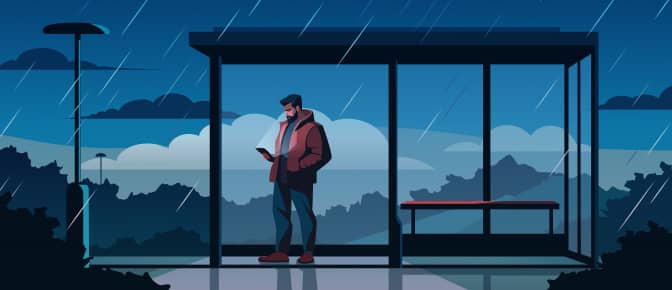Dozens of hurricanes strike the Earth every year, and their consequences are unpredictable. In 2022, there were 10 Pacific and 8 Atlantic hurricanes. The total number of victims was 328, and the financial damage amounted to about $120 billion.
Hurricanes differ from each other in terms of size, location, destruction scale, and number of victims. But they also have something in common: all of them have human names. So who gives them names, and according to which principle? Let’s try to find the answer in this article.
History of Hurricane Names
Hurricane naming has been around for a long time. Hurricanes get names to avoid confusion, especially when several of them are raging in the same area. Different male and female names allow for distinguishing between tropical cyclones in weather forecasting, storm alerts, and warnings.
Before a unified naming system appeared, meteorologists had been naming hurricanes by sets of numbers corresponding to the latitude and longitude of their occurrence. Sometimes these were just arbitrary numbers. Some hurricanes got their names after landfall sites, such as Hurricane Galveston in 1900, or after saints, like San Felipe in 1876. Hurricane Antje, one of the first named hurricanes, got its name after the ship whose mast it tore off in 1842.
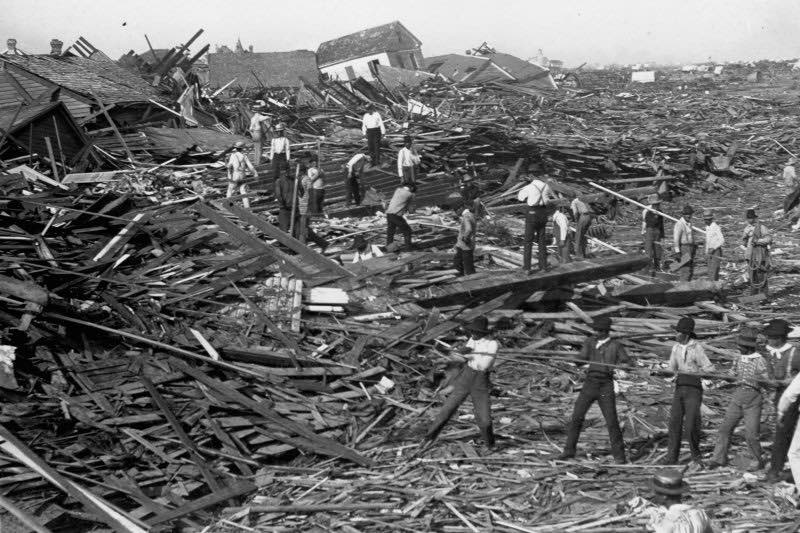 Consequences of Hurricane Galveston. Image source: Time
Consequences of Hurricane Galveston. Image source: Time
The Australian meteorologist Clement Wragge began naming the storms in the late 19th century. He initially used the names of Polynesian women. He also used the names of politicians whom he didn’t like or who were not on good terms with the weather office. However, other meteorologists did not adopt this practice, so it died out when the weather service where Clement Wragge was working closed.
Meteorologists did not try again until the 1940s. In 1941, George Stewart published his novel “Storm”, in which the protagonist was naming storms in the Pacific after his ex-girlfriends. The novel seems to have inspired the meteorologists of that time. In 1945, the first list of hurricane names was published.
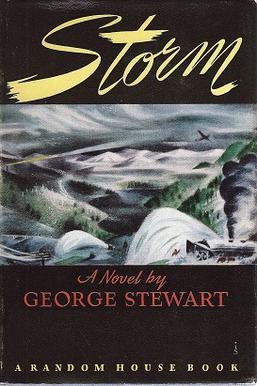 Image source: Wikipedia
Image source: Wikipedia
In 1950, meteorologist Grady Norton gave phonetic alphabet names to all storms in his area of responsibility. However, confusion arose when a new, internationally valid phonetic alphabet was introduced in 1952. Therefore, in 1953, the American weather service decided to use catchy women’s names, and this quickly caught on almost worldwide. Only in 1978, under pressure from politicians and women’s rights organizations, equal rights started prevailing in the naming of tropical cyclones. As a result, after 1979, the organizations started assigning male names to hurricanes. Hurricane Bob, which occurred in July 1979, was the first tropical storm with a masculine name.
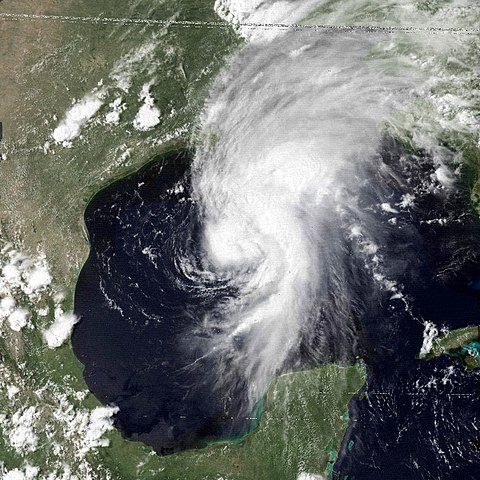 Image source: Wikipedia
Image source: Wikipedia
Modern Hurricane Naming Conventions
Today, hurricanes get their names from the National Hurricane Center (NHC) and World Meteorological Organization (WMO). It’s common to assign a name to a tropical storm if the wind speed exceeds 39 mph (63 km/h). A storm becomes a hurricane when the wind speed reaches 74 mph (118 km/h).
The National Hurricane Center names hurricanes for the Atlantic and Northeast Pacific basins whereas the WMO approves those lists. Each region has its own list of hurricane names. The NHC has six lists of names for the North Atlantic, and six more for the Northeast Pacific.
The North Atlantic hurricane names lists contain 21 items from A to W for each year. The lists do not include names beginning with the letters Q, U, X, Y, and Z. The lists are in alphabetical order where female names alternate with male names. The first hurricane of the year gets the first name on the list, the second - the second one, and so on.
When compiling the lists, the meteorologists relied on the record of 21 storms set in 1933 and assumed that 21 names would suffice. At that time, nobody could have imagined that there would be a season with even more Atlantic storms.
In the Northeast Pacific, the hurricane season begins in mid-May. By the end of November, more storms are observed here on average than in the Atlantic. Therefore, the lists here include 24 names per season, excluding the letters Q and U. In other basins, there are different procedures - some with continuous lists, some with lists similar to those on the Atlantic.
In 2005, something extraordinary happened - numerous storms and hurricanes formed early on. There were already 12 storms at the end of August – more than the long-term average for the entire season up to late November. Unusually high water temperatures in large parts of the North Atlantic and wind conditions favorable for storm formation led to numerous storms. At the beginning of October, it became obvious that the list of 21 names would not be enough. On October 17, the last intended name, Wilma, was assigned. The short-term solution was to use the Greek alphabet for possible further storms.
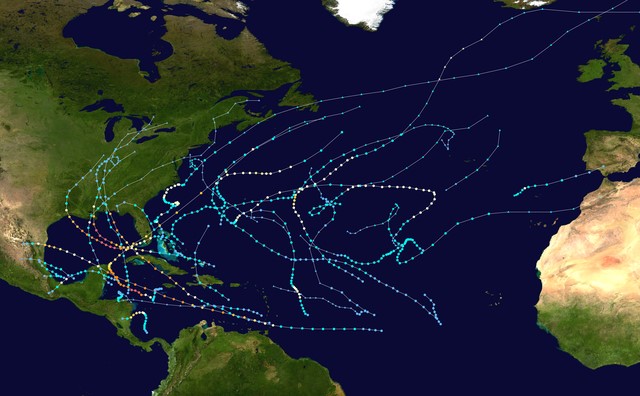 2005 Atlantic hurricane season summary map. Image source: Wikipedia
2005 Atlantic hurricane season summary map. Image source: Wikipedia
The other storms and hurricanes of 2005 were called Alpha, Beta, Gamma, Delta, Epsilon, and Zeta. Hurricane Epsilon lasted more than a week in early December. It was one of the most unusual hurricanes in the North Atlantic, as the water temperatures were well below the previously known lower limits for tropical cyclones. Additionally, the hurricane did not weaken as predicted. On December 30, the storm Zeta formed. It lasted until January 6 of the following year. After this record-breaking season, the WMO decided to continue using Greek names in the future, if the ordinary list was not enough.
Every six years, the names repeat themselves. For example, the name of the first Atlantic hurricane for 2023 is Arlene, and the first Atlantic hurricane in 2029 will also get this name. Here’s the complete hurricane name list for 2023, including the Atlantic and Pacific hurricane names:
| Basin | Hurricane Names 2023 |
|---|---|
| Atlantic | Arlene Bret Cindy Don Emily Franklin Gert Harold Idalia Jose Katia Lee Margot Nigel Ophelia Philippe Rina Sean Tammy Vince Whitney |
| Eastern North Pacific | Adrian Beatriz Calvin Dora Eugene Fernanda Greg Hilary Irwin Jova Kenneth Lidia Max Norma Otis Pilar Ramon Selma Todd Veronica Wiley Xina York Zelda |
Source: NHC
The exceptions are particularly destructive and deadly hurricanes such as Katrina, Florence, or Andrew. Their names are permanently removed from the lists because no one wants reports of the devastating Hurricane Katrina to circulate again in the media around the world.
Retiring of Hurricane Names: How It Works
The WMO retires storm names when a hurricane causes significant damage or loss of life, making it inappropriate to use that name again in the future.
The process of retiring a hurricane name typically begins after the storm has ended and the full extent of the damage has been assessed. The WMO’s Regional Specialized Meteorological Centres report to the WMO’s Hurricane Committee with a summary of the storm’s impacts, including the number of fatalities, injuries, and estimated financial losses.
The Hurricane Committee then meets to discuss the storm and consider retiring its name. The committee includes experts from various countries and regions, including meteorologists, climatologists, and other specialists in related fields. They review the information and discuss whether the storm’s impacts were severe enough to warrant retirement.
If the committee decides to retire a name, it chooses a replacement name from a predefined list of names for that region. The replacement name is chosen to be similar to the retired name, but it must not be similar enough to create confusion or stress out the affected communities. For example, the replacement name for “Katrina” was “Katia”.
After retirement, the name is immediately replaced in the list of names for future hurricanes. For example, if Hurricane Maria is retired, the next hurricane to occur in the same region would be named with the next name on the list, such as Nadine.
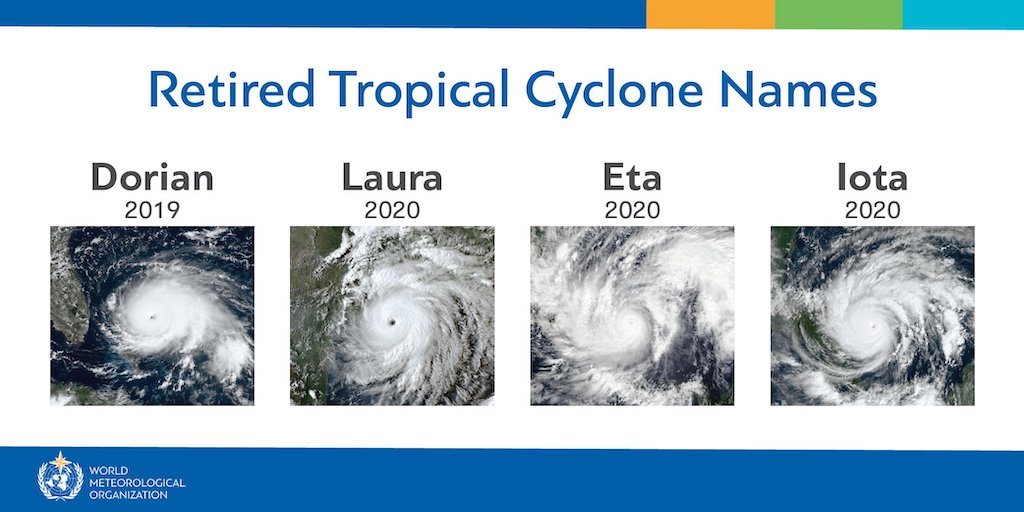
The retirement of hurricane names serves several purposes:
- It honors those who lost their lives or suffered as a result of the storm.
- It helps to prevent confusion and minimize emotional distress for those affected by future storms that might have the same name.
- It serves as a reminder of the power and unpredictability of hurricanes, and the need to be prepared and take appropriate action when a storm is approaching.
Conclusion
No matter what name a hurricane has, it’s still dangerous and can take away many lives. We strongly recommend that everyone who lives in a hurricane-prone area seriously treat severe weather alerts and hurry up to the nearest shelter when a hurricane is nearby. The RainViewer app can conveniently deliver alerts from local weather agencies right to your smartphone. Stay safe!
